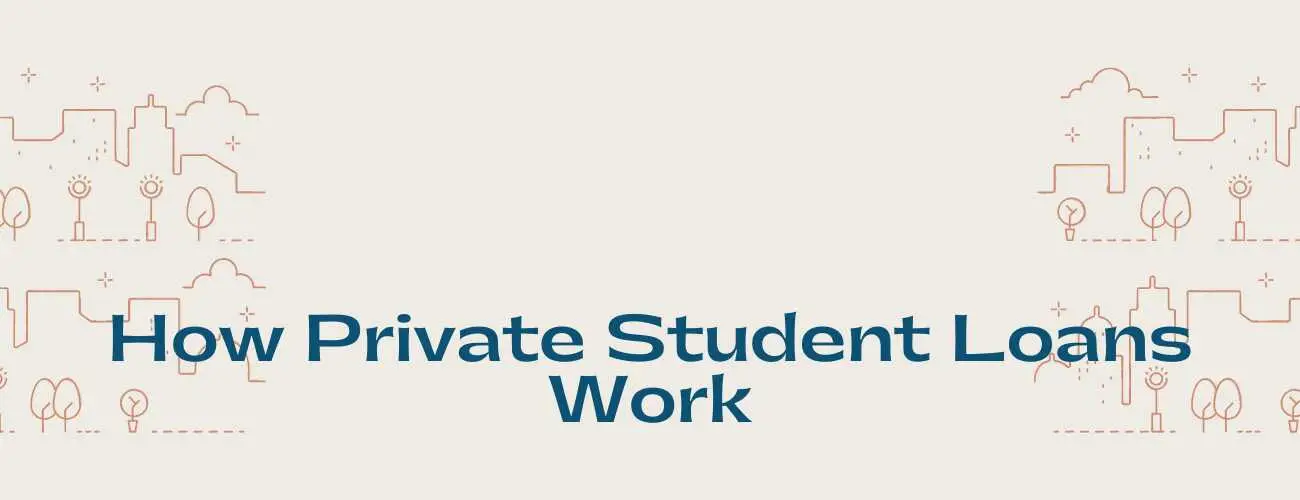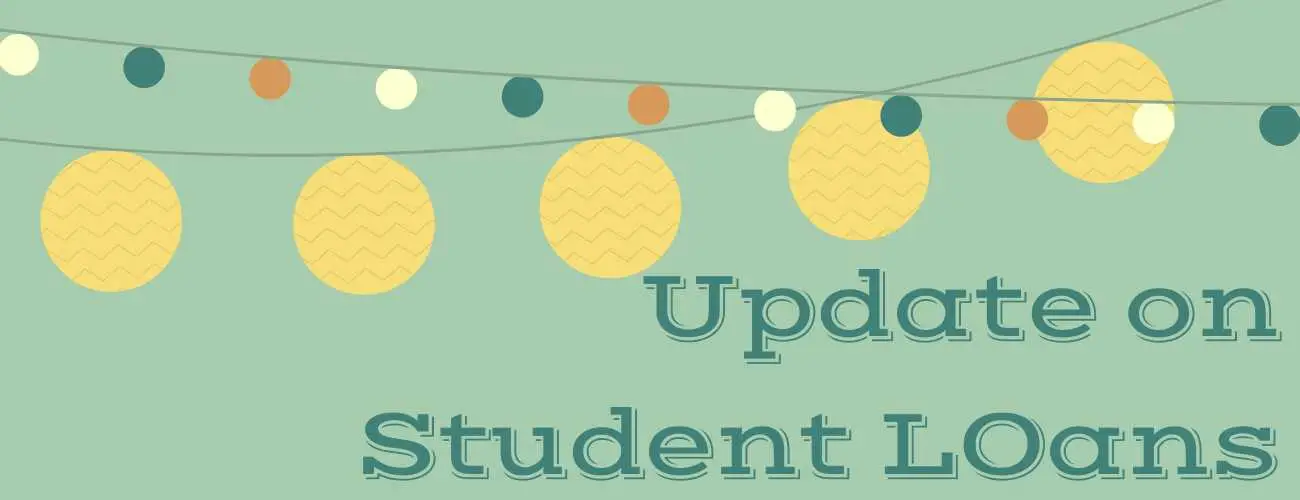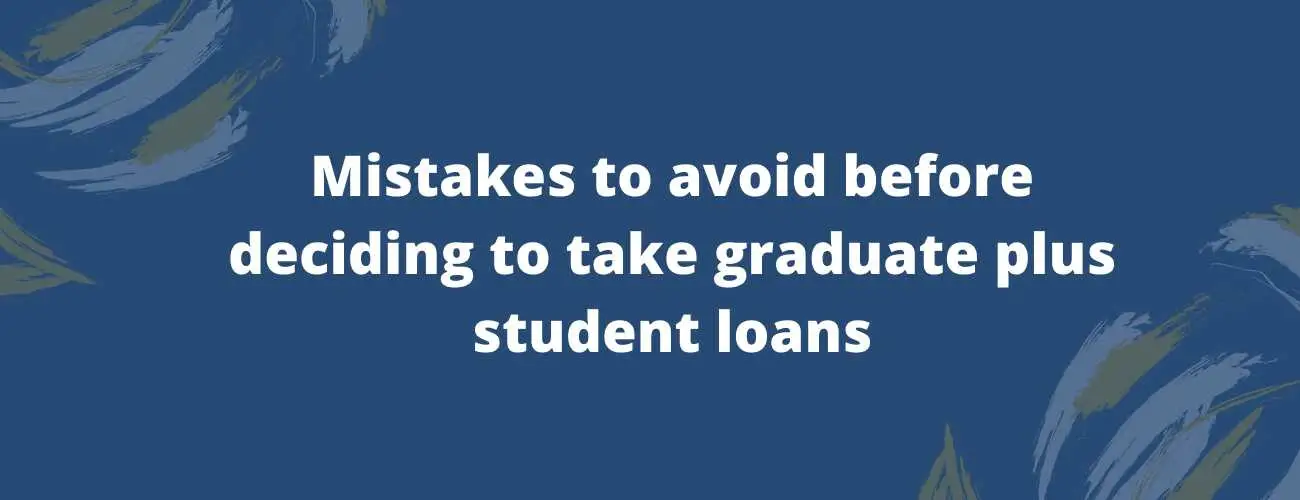Parent PLUS Loan Interest Rates and Fees
There are a number of factors to consider before taking a loan, one of the most important factor is the interest rate associated with the loan. Here is an in dept understanding of the interest rates associated with Parent PLUS loans to help you decide if these loans are right for you.
Updated by Taskeen Fatema on 12th August 2020
After availing the benefits of student loans to make further studying easier and more relaxing, what is unavoidable is the interest rate which is like a tag-along side-dish that you didn’t order but came anyways, and is an incumbent part of the meal. It is complementary to the loan borrowed, hence to be aware of the ongoing interest rates for the kind of loan that you have borrowed is very necessary in order to make your student loan repayment journey a smooth one.
Here, we will address the interest rates of Parent PLUS Loans.
What is a Parent PLUS Loan?
A Parent PLUS Loan is a kind of Direct PLUS Loan offered for higher education expenses (college or career school) available to parents of dependent undergraduate students.
It can help pay for education expenses that have not been covered by other types of financial aid. The U.S. Department of Education provides these loans to eligible parents by means of schools participating in the Direct Loan Program.
A Direct PLUS Loan is commonly referred to as a Parent PLUS Loan when made to a parent borrower.
As parents make use of this option for students for PLUS loans, here, PLUS stands for Parent Loan for Undergraduate Students.
These loans are offered through the U.S. Department of Education's William D. Ford Federal Direct Loan Program. The government itself is the lender. Learn more about Federal student loans
Interest rates
The interest rates on Parent PLUS Loans is fixed. They do not change for the entire life of the loan.
The current interest rates for Parent PLUS Loans first disbursed on or after July 1, 2019, through June 30 (Before July 1), 2020, is 7.08% - (for parents of undergraduate students).
Interest rates on Parent PLUS and Grad PLUS Loans are the same.
| Year |
Interest rates for Parent PLUS Loans
|
| 7/1/06 - 6/30/13 | 7.9 % |
| 7/1/13 - 6/30/14 | 6.41% |
| 7/1/14 - 6/30/15 | 7.21% |
| 7/1/15 - 6/30/16 | 6.84% |
| 7/1/16 - 6/30/17 | 6.31% |
| 7/1/17 - 6/30/18 | 7.00% |
| 7/1/18 - 6/30/19 | 7.60% |
| 7/1/19 - 6/30/20 | 7.08% |
From the above table, we see a fluctuation in the interest rate over the years, which is stable and not very drastic. It has come down from last year.
Loan disbursement and default fees
Loan disbursement and default fees are effectively a form of up-front interest.
The relative impact of a fee is greater with a shorter repayment term or if the borrower prepays the loan since the fee will be amortized over less time. It is specifically for this reason that borrowers prefer to pay off a loan early may wish to avoid up-front fees, if possible.
Origination fee - Parent PLUS Loans currently have a 4.248% origination fee for loans first disbursed on or after Oct. 1, 2018, and before Oct. 1, 2019.
Fees are deducted from each loan disbursement. In case the borrowers want to increase the amount borrowed to cover the fees, up to the annual loan limit, they can ask the college financial aid office.
| Year | Total Parent PLUS Loan Fees |
|
2018-2019 (Oct. 1, 2018 - Sept. 30, 2019)
|
4.25% |
|
2017-2018 (Oct. 1, 2017 - Sept. 30, 2018)
|
4.26% |
|
2016-2017 (Oct. 1, 2016 - Sept. 30, 2017)
|
4.28% |
|
2015-2016 (Oct. 1, 2015 - Sept. 30, 2016)
|
4.27% |
|
2014-2015 (Oct. 1, 2014 - Sept. 30, 2015)
|
4.29% |
|
2013-2014 (Dec. 1, 2013 - Sept. 30, 2014)
|
4.29% |
|
2013-2014 (Oct. 1, 2013 - Sept. 30, 2014)
|
4.20% |
Above shown, is the minute fluctuation in the loan fees from the year 2013 to the current date, 2019.
How is the interest calculated for Parent PLUS Loans?
There is a daily interest formula that determines the amount of interest that will accrue on the loan between the monthly payments.
This formula comprises multiplying your loan balance by the number of days since you made your last payment and multiplying that result by the interest rate factor.
The interest rate factor is utilized to calculate the amount of interest that accumulates on your loan. It is determined by dividing your loan's interest rate by the number of days in the year.
From the above understanding, we can devise the simple daily interest formula as under:
Interest Amount = (Outstanding Principal Balance x Interest Rate Factor) x Number of Days Since Last Payment
As per the CBO (Congressional Budget Office), there is a formula used for different types of loans. The formula for Direct Plus loans is:
Direct PLUS loans: 10-year Treasury + 4.60%, capped at 10.50%
How is the interest rate decided?
Now we come to think of who the formula is set by, for federal student loan rates? All federal student loan rates are set by Congress, according to the Federal Student Aid Office.
Congress passes into law the interest rates set by the Department of Education each year. The rates they pass are based on 10-year Treasury notes, plus a fixed increase as we saw above.
They are effective from July 1 to June 30 of the following year. To ensure interest rates don’t get too high, Congress also includes student loan rate caps for each type of loan.
Learn more about Interest rates on student loans
Closing words
The federal student loan interest rate is adjusted by the Department of Education for each school year. These rates are applicable to all students regardless of their credit history.
On the other hand, private lenders base their interest rates on factors such as the creditworthiness of each individual applicant. They consider various other factors like credit score, job history, and income.
Even though trends in the stock market and economy affect both private and federal student loan rates, they do so in different ways.
For the first time in three years, the interest rates on Federal student loans have decreased depending on the loan type. This has taken effect for new Federal student loan borrowers since after July 1, 2019.
Rate changes have only occurred for new borrowers, and these interest rates are set in the spring and announced once a year. Given that these rates are fixed for the life of the loans, a decrease can be beneficial for a long period of time.



93.jpg)


28.jpg)
